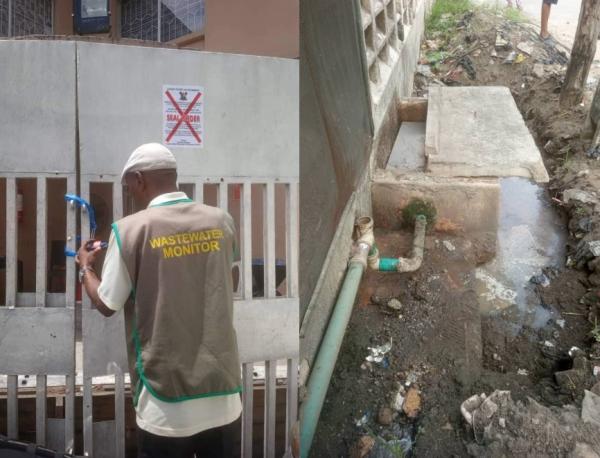
The Ethiopian government in taking the privatization process further, has officially extended an offer to at least 12 global companies to submit financial and technical proposals in order to engage in the power production and operations.
The Minister of Finance (MoF), Ahmed Shidie, presenting his Ministry’s 10 month report before the House of People’s Representatives (HPR) said that a feasibility study is being undertaken to implement the Public-Private Partnership framework to allow the private sector step-in selected energy and transportation projects which used to be considered as a strategic area fully controlled by the government.
Currently, the board of PPP is undertaking evaluation of projects which includes six solar projects and three hydroelectric projects.
Based on that, two projects named Gad and Deucheto Solar Energy projects which have a combined capacity of generating a 250 MW of electricity are in the pipeline with an estimated cost of USD 265 million. Hence, Request for Proposal – RFP, has been sent to 12 international companies to submit their financial and Technical proposals.
Similarly, RFP has also been prepared for Mekele, Wolenchiti and Worarso Solar projects which generate a sum of 500 MW of solar energy with a combined project outlay of USD 529 million.
It is to be recalled that opening the countries market was one of the key reform areas that PM Abiy Ahmed (PhD) pledged to change when he came into power in 2018. Similarly, the government announced that it will soon open its door for key state-owned firms including telecom, railway, sugar projects as well as its flagship carrier Ethiopian.
According to Energypedia.info, Ethiopia receives a solar irradiation of 5000 – 7000 Wh/m² according to region and season and thus has great potential for the use of solar energy. The average solar radiation is more or less uniform, around 5.2 kWh/m2/day. The values vary seasonally, from 4.55-5.55 kWh/m2/day and with a location from 4.25 kWh/m2/day in the extreme western lowlands to 6.25 kWh/m2/day in Adigrat area, Northern Ethiopia is still at its early stage.
Similarly, Ethiopia’s hydropower potential is estimated up to 45,000 MW and is the 2nd highest in Africa (only the Democratic Republic of Congo has a higher potential). Approximately 30,000 MW is estimated to be econo


















